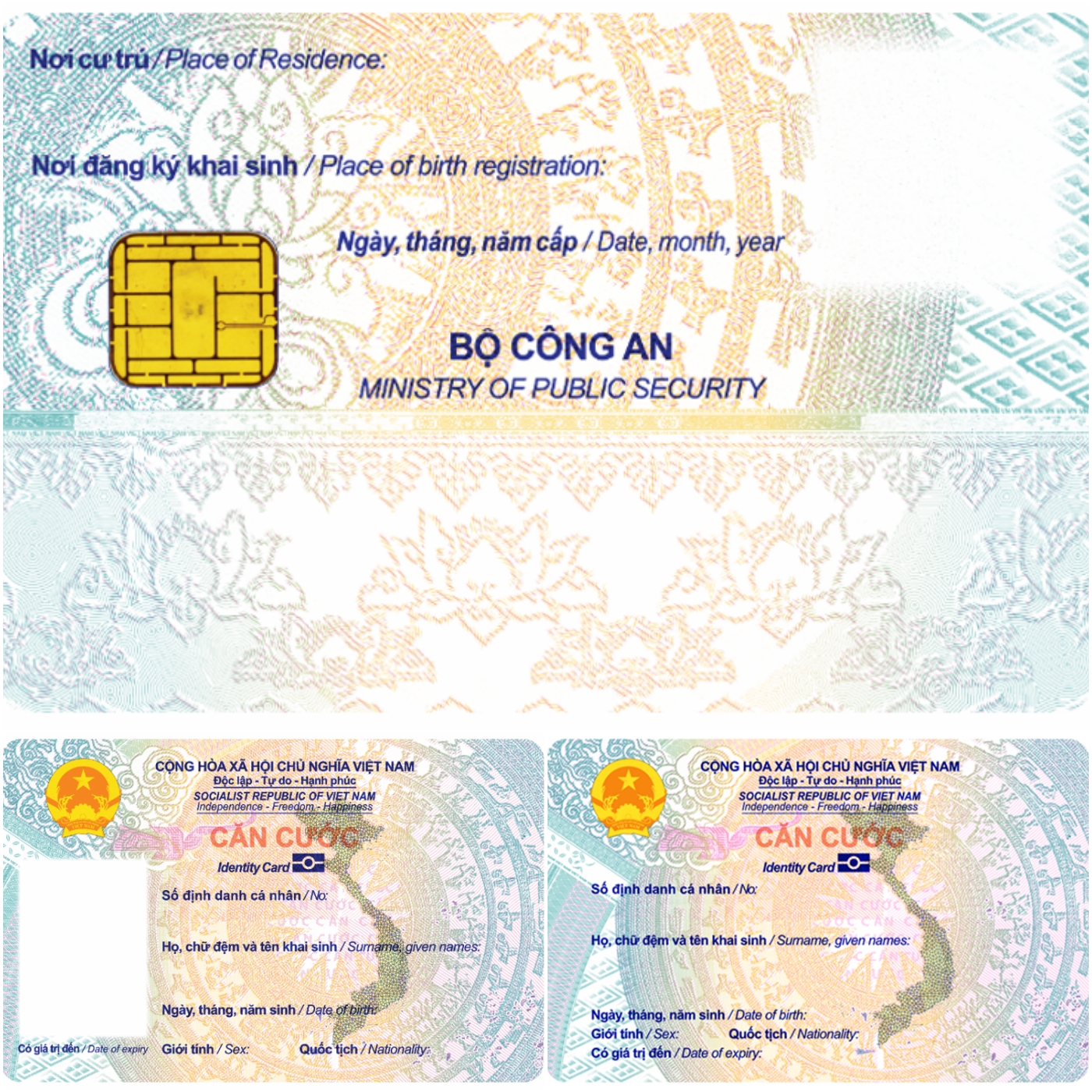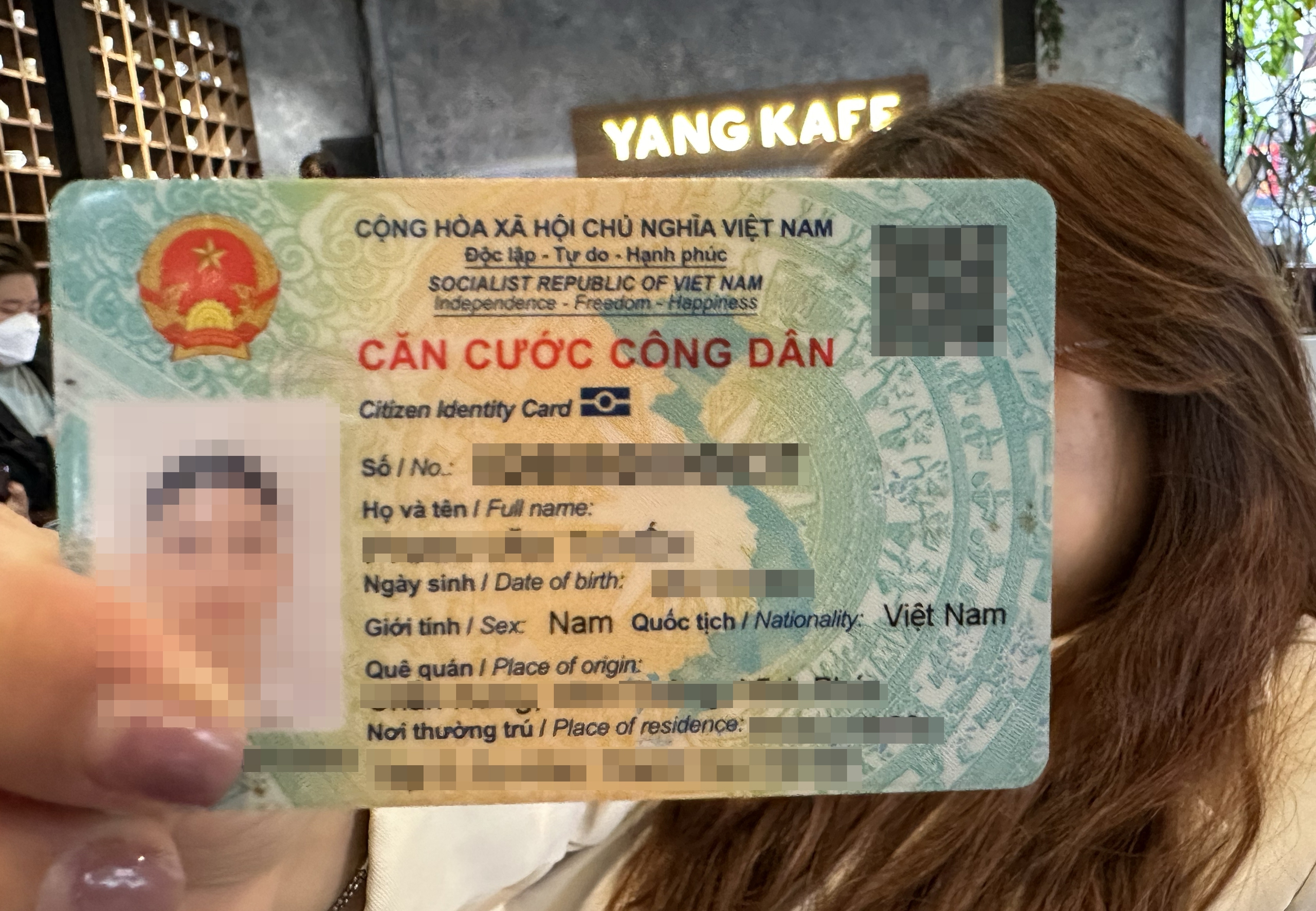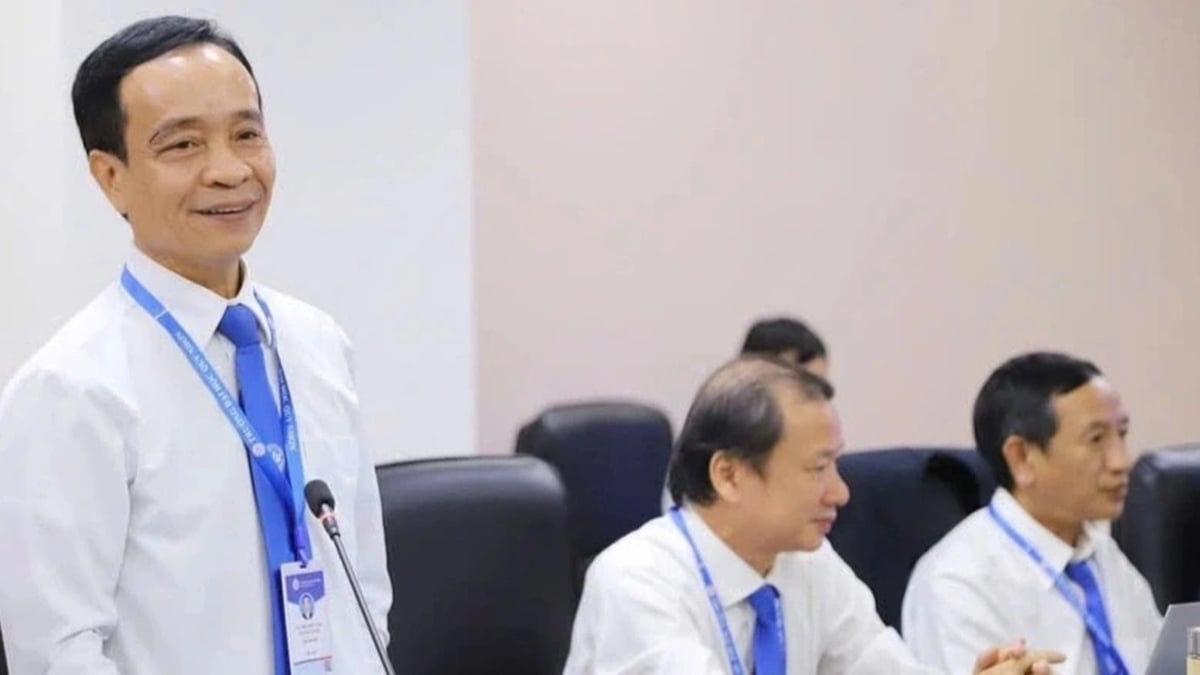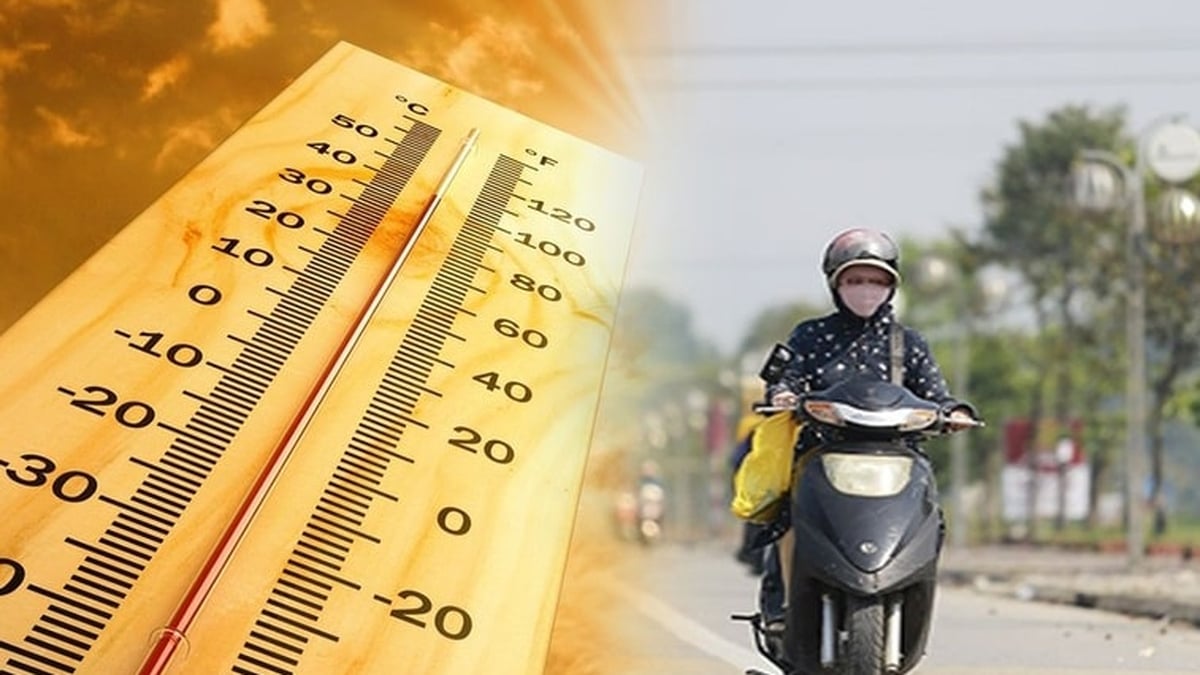The Ministry of Public Security has just announced a draft circular regulating the form of identity cards and identity certificates to solicit opinions from people and agencies and organizations.
This Circular is developed to implement new regulations in the Law on Identification (effective from July 1), replacing the Law on Citizen Identification currently in effect.

The proposed ID card model of the Ministry of Public Security includes the back of the card, the front of the card (left) for people aged 6 and over, and the front of the card (right) for people aged 0 - 6 years old.
Citizen ID card changed to ID card
According to the draft of the Ministry of Public Security, the new card will be called ID card, instead of citizen ID card as it is now. This is to comply with the provisions of the ID Law.
In terms of size and shape, the basic ID card is the same as the citizen ID card. However, much of the information shown on the card will change.
In which, the words "citizen identification card" are changed to "ID card". The "hometown" section is changed to "place of birth registration", "place of permanent residence" is changed to "place of residence". The signature of the card-issuing agency is changed from "Director of the Department of Administrative Police for Order and Society" to "Ministry of Public Security".
In particular, according to the proposal of the Ministry of Public Security, the ID card will no longer contain information about personal characteristics and fingerprints of the left and right index fingers.
At the same time, the two information items about "place of birth registration" and "place of residence" will be moved to the back of the ID card, instead of the front of the card as currently.
Similarly, the QR code is also moved to the back of the card, instead of the front as it is now. Information in the QR code includes: last name, middle name and first name, personal identification number of the head of household, father, mother, wife, husband, children; 9-digit ID number (if any); canceled personal identification number (if any).
Many people wonder that, with the issuance of the new ID card model, will the tens of millions of ID cards issued in the past still be valid, and will people have to re-issue their cards?
In the draft circular, the Ministry of Public Security clearly states that citizen identification cards issued before the effective date of this circular are still valid until the expiration date as prescribed. In case a citizen wishes to change from a citizen identification card to an identification card, a new card will be issued according to regulations.

From 1.7, citizen identification cards will be changed to identity cards.
Newborns are also given identity cards.
Another important new regulation in the Identity Law compared to the current Citizen Identity Law is that people under 14 years old are also issued identity cards (issued on demand, not mandatory).
With this change, Vietnamese citizens who have been issued an ID card will have to carry out procedures to renew the card when they reach the age of 14, 25, 40 and 60.
And to specify the above point, in the draft circular, the Ministry of Public Security proposed 2 card models for people aged 6 and over and people aged 0 - 6 years old.
For those aged 6 and above, the ID card will follow the general standard, as mentioned above. For those aged 0-6, the front of the ID card will omit the photo of the card holder.
During the discussion of the draft Law on Identification, some people suggested not to issue identification cards to people under 14 years old, because it would create administrative procedures and implementation costs.
However, the National Assembly Standing Committee affirmed that this is appropriate because, through the use of ID cards, people under 14 years old can integrate many types of documents into the card, helping to save the State's costs in issuing these types of documents.
On the other hand, compact, easy-to-store, highly secure ID cards will ensure safety and bring many conveniences and benefits to people in traveling, studying, medical examination and treatment, and other civil transactions.
Source link




















































![[Maritime News] More than 80% of global container shipping capacity is in the hands of MSC and major shipping alliances](https://vphoto.vietnam.vn/thumb/402x226/vietnam/resource/IMAGE/2025/7/16/6b4d586c984b4cbf8c5680352b9eaeb0)













































Comment (0)